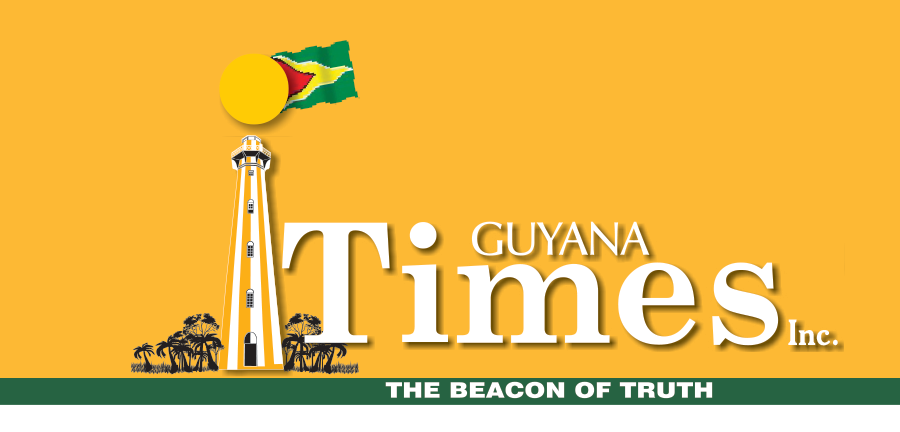…as agency rolls out new, 5-year strategy from lessons learned
The Caribbean Public Health Agency (CARPHA) says the COVID-19 pandemic left the region with a stark lesson: despite decades of progress, critical gaps remained in the region’s ability to detect, coordinate, and respond to fast-moving health threats. Dr Lisa Indar, the Executive Director of CARFA, during a recent edition of Health Matters, expanded more on this point. “COVID taught us that there were gaps, gaps in surveillance or in lab, in coordination…So from that, we grew, and we developed interventions more in surveillance, lab response, workforce capacity, and also in coordination,” CARPHA explained. The admission comes as the agency rolls out its new five-year strategy, which it says is anchored in lessons from the pandemic. Officials stress that the plan is not only about strengthening systems but also about ensuring sustainability in a region where resources are often thin and spread across multiple small island states. One of the centrepieces of the new approach is an early-warning system to spot outbreaks faster and alert Governments in real time. According to Dr Indar, “early warning systems for emergency and response…we want to put some alert mechanism, so countries will know what’s happening…immediately or in real time as possible.”

She said in small states, where a few cases can spread quickly, that immediacy can mean the difference between containment and crisis. “You can have…rapid intervention because you don’t want spread, especially in small islands,” the agency added. Laboratory testing was one of the most strained areas during COVID-19, with many territories dependent on CARPHA’s central lab in Trinidad. To fix this, the agency has since moved to decentralise its testing capacity.
“We’ve boosted the St Lucia lab, as well as the Jamaica lab…so OECS (Organisation of Eastern Caribbean States) countries can send their samples now to St Lucia to test instead of Trinidad,” Dr Mark Sammy, Director of Corporate Services at CARPHA, said. He also noted that this reduces turnaround times and builds resilience.
Beyond hardware, officials emphasised that the agency is also changing how it measures success. Too often, they said, projects are judged on activity rather than impact. “We use those indicators to measure how effective we are…we measure the impact…not just to go and say we do something in a country…what is the impact of that training?”, Sammy asked. This results-based management approach is meant to ensure that investments in surveillance, labs and workforce training actually lead to improved public-health outcomes across member states.
Collaboration as funding becomes difficult
But progress will not come easily. With donour fatigue setting in and Governments under pressure at home, the pool of resources for regional cooperation is shrinking. “The resources, financial and otherwise that were available for regional action is no longer available…developing countries and developed countries are more inward looking,” Dr Sammy acknowledged. The agency insists this means looking for “innovative ways…one of the major ways that we’re looking at is the collaboration.” That collaboration, Dr Sammy says, will take the form of joint missions, shared services and eliminating overlap between regional health bodies.
“We have to work better, collaborate more…do more joint missions, do things together, reduce duplications,” he said, underscoring the need to maximise every available dollar. For CARPHA’s leadership, the lessons of COVID are not just technical but philosophical. The agency sees its role not as static but as a driver of change in a shifting environment. The agency’s challenge now is to turn that philosophy into practice, building early-warning systems, boosting labs, training health workers and finding new ways to pay for it all before the next crisis arrives.
Discover more from Guyana Times
Subscribe to get the latest posts sent to your email.











